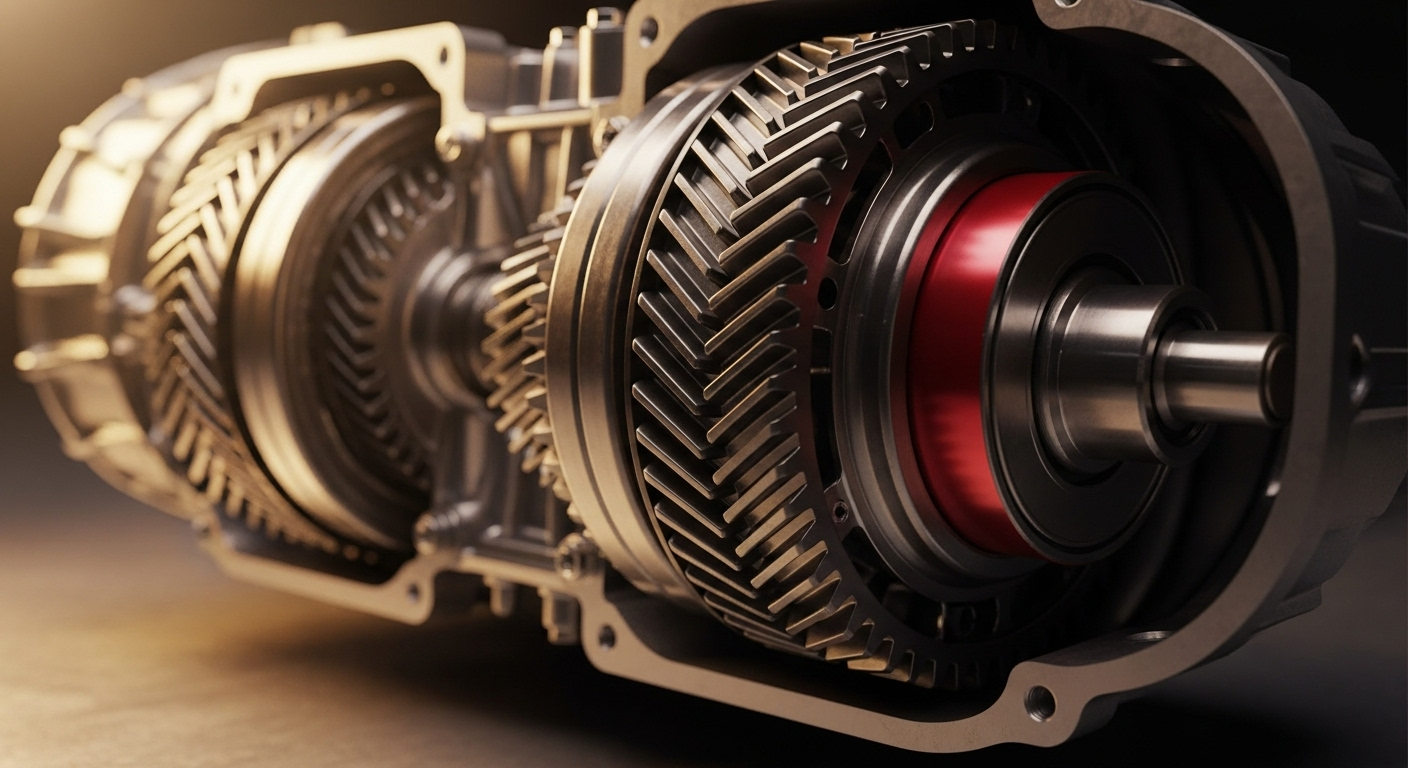Dual-Clutch Transmissions: Redefining Speed and Efficiency
A symphony of precision engineering unfolds beneath your feet as you press the accelerator. In mere milliseconds, gears shift seamlessly, propelling you forward with unparalleled smoothness and speed. This is the magic of dual-clutch transmissions (DCTs), a revolutionary technology that has transformed the driving experience for performance enthusiasts and everyday commuters alike. But what exactly makes these complex gearboxes tick, and how are they reshaping the automotive landscape?

A Brief History of Dual-Clutch Innovation
The concept of dual-clutch transmissions dates back to the 1930s when French engineer Adolphe Kégresse first patented the idea. However, it wasn’t until the 1980s that Porsche began developing a practical DCT for its race cars. The technology finally made its way into production vehicles in the early 2000s, with Volkswagen Group leading the charge in mass-market adoption.
Precision in Motion: How DCTs Operate
When a driver accelerates, the first clutch engages to deliver power through the current gear. Simultaneously, the second clutch prepares the next gear. As the shift point approaches, the first clutch disengages while the second clutch engages almost instantaneously. This process happens in milliseconds, resulting in virtually uninterrupted power delivery and seamless acceleration.
The Performance Advantage
For sports car enthusiasts and racing teams, DCTs offer a significant edge. The rapid gear changes allow engines to stay in their optimal power band, maximizing acceleration and reducing lap times. Many high-performance vehicles now boast shift times as low as 8 milliseconds – faster than the blink of an eye. This level of responsiveness not only enhances straight-line speed but also improves cornering performance by maintaining optimal engine speeds throughout turns.
Efficiency Gains in Everyday Driving
While DCTs shine in performance applications, their benefits extend to everyday driving as well. The precise control over gear ratios and shift points allows engines to operate more efficiently, leading to improved fuel economy. Additionally, the smooth power delivery reduces wear on drivetrain components, potentially extending the lifespan of the vehicle.
Challenges and Criticisms
Despite their advantages, dual-clutch transmissions are not without drawbacks. The complex nature of DCTs can lead to higher manufacturing costs and potentially more expensive repairs. Some drivers have reported jerky behavior at low speeds, particularly in stop-and-go traffic. Manufacturers have worked to address these issues through software updates and mechanical refinements, but the technology still faces scrutiny in certain applications.
The Future of Dual-Clutch Technology
As automotive technology continues to evolve, dual-clutch transmissions are adapting to meet new challenges. Engineers are exploring ways to integrate DCTs with hybrid powertrains, potentially offering even greater efficiency gains. Additionally, advancements in materials science and manufacturing techniques promise to reduce costs and improve reliability, making DCTs more accessible to a wider range of vehicles.
Impact on Driving Culture
The rise of dual-clutch transmissions has sparked debates among automotive enthusiasts. While some purists lament the declining availability of traditional manual transmissions, others embrace the performance potential of DCTs. This shift in technology is changing the way we think about driving engagement and skill, blurring the lines between automatic and manual control.
Conclusion
Dual-clutch transmissions represent a significant leap forward in automotive engineering, offering a compelling blend of performance, efficiency, and driving pleasure. As the technology continues to mature, it promises to play an increasingly important role in shaping the future of transportation. Whether you’re a track day enthusiast seeking the ultimate in performance or a daily commuter looking for a more engaging drive, DCTs offer a glimpse into the future of automotive innovation – a future where the art of shifting gears is redefined for the modern era.





